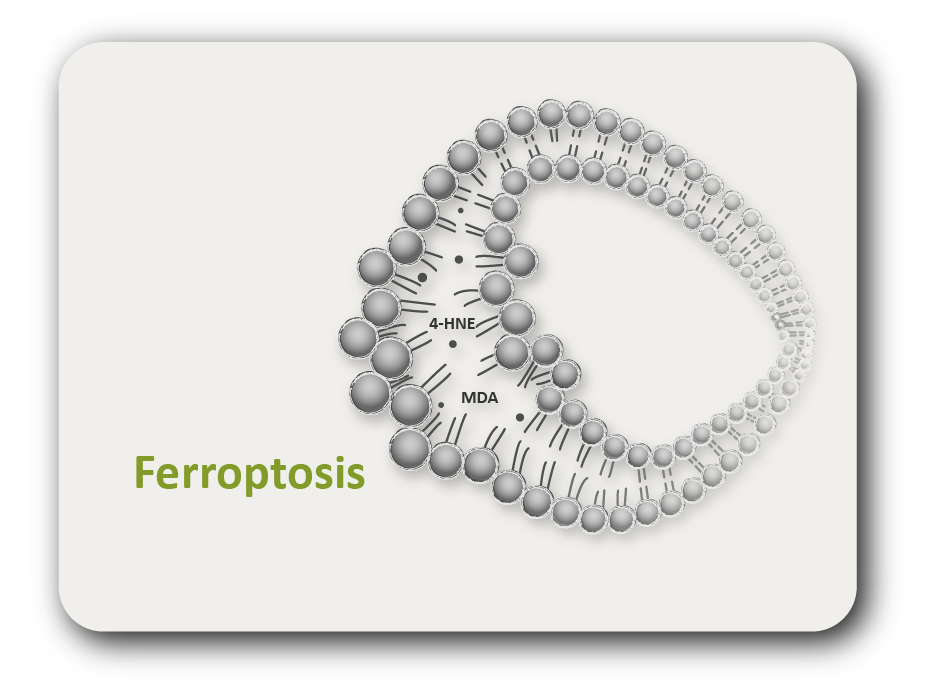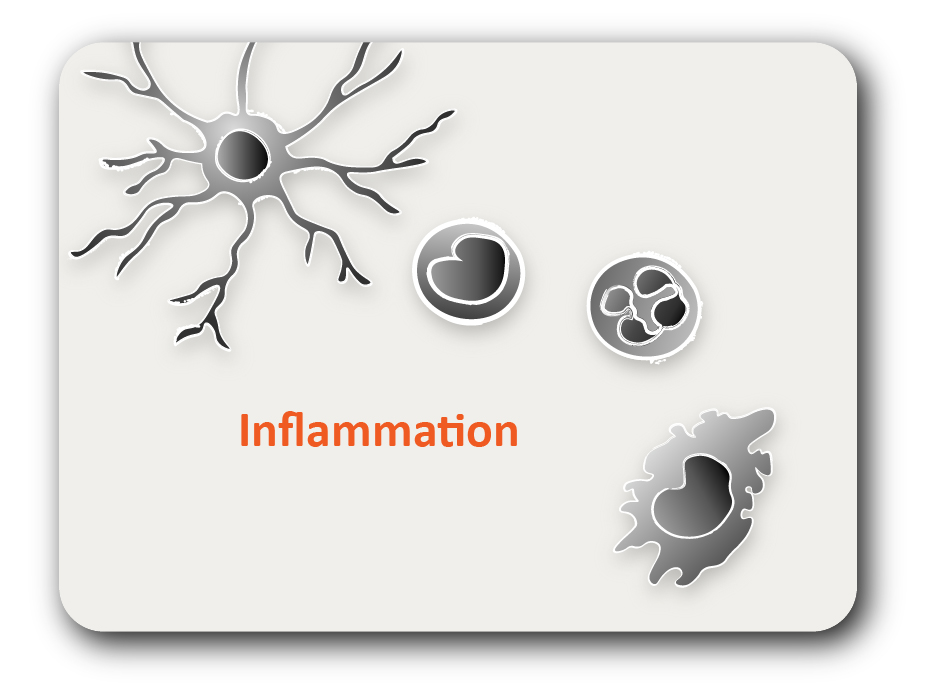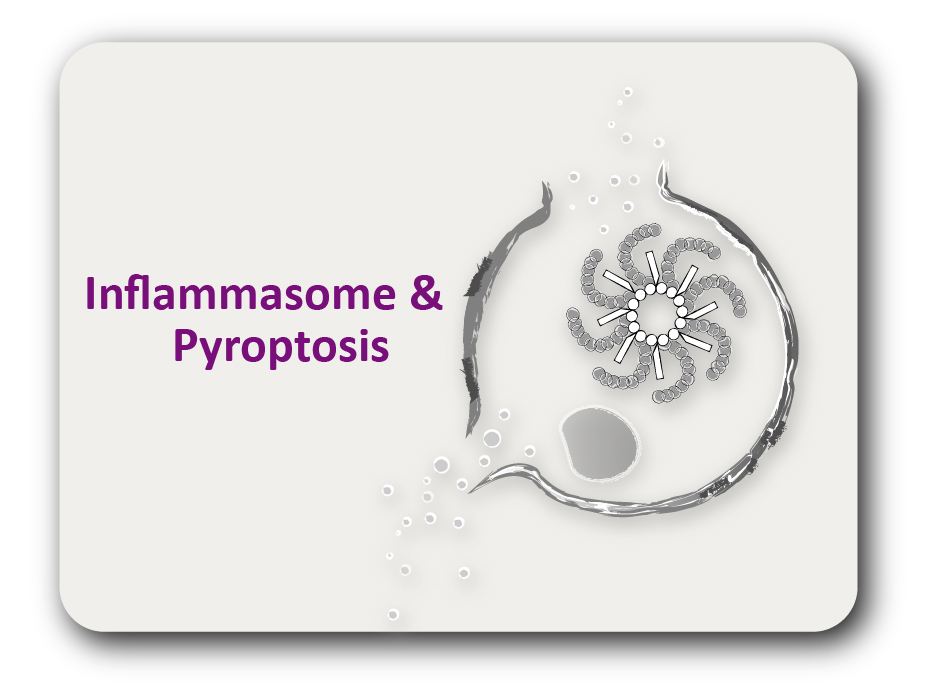ARG70558
Mouse FCGRT recombinant protein (His-tagged)
Mouse FCGRT recombinant protein (His-tagged) for SDS-PAGE
Overview
| Product Description | CHO expressed, His-tagged Mouse FCGRT recombinant protein |
|---|---|
| Tested Application | SDS-PAGE |
| Target Name | FCGRT |
| A.A. Sequence | Ser22 - Ser297 |
| Expression System | CHO |
| Alternate Names | FCGRT; Fc Gamma Receptor And Transporter; FcRn; Neonatal Fc Receptor; FcgammaRn; Heavy Chain Of The Major Histocompatibility Complex Class I-Like Fc Receptor; Transmembrane Alpha Chain Of The Neonatal Receptor; Fc Fragment Of IgG, Receptor, Transporter, Alpha; IgG Fc Fragment Receptor Transporter Alpha Chain; Fc Fragment Of IgG Receptor And Transporter; IgG Receptor FcRn Large Subunit P51; Major Histocompatibility Complex Class I-Like Fc Receptor; Neonatal Fragment Crystallizable Fc Receptor FcRn; Immunoglobulin Receptor, Intestinal, Heavy Chain; Neonatal Fc-Receptor For Ig; FCRN Alpha-Chain; FcRn Alpha Chain; Alpha-Chain; FCRN |
Properties
| Form | Powder |
|---|---|
| Purification Note | Endotoxin level is less than 0.1 EU/µg of the protein, as determined by the LAL test. |
| Purity | > 95% (by SDS-PAGE) |
| Buffer | PBS (pH 7.4) |
| Reconstitution | It is recommended to reconstitute the lyophilized protein in sterile water to a concentration not less than 200 μg/ml and incubate the stock solution for at least 20 min at room temperature to make sure the protein is dissolved completely. |
| Storage Instruction | For long term, lyophilized protein should be stored at -20°C or -80°C. After reconstitution, aliquot and store at -20°C or -80°C for up to one month. Storage in frost free freezers is not recommended. Avoid repeated freeze/thaw cycles. Suggest spin the vial prior to opening. |
| Note | For laboratory research only, not for drug, diagnostic or other use. |
Bioinformation
| Gene Symbol | FCGRT |
|---|---|
| Gene Full Name | Fc Gamma Receptor And Transporter |
| Background | This gene encodes a receptor that binds the Fc region of monomeric immunoglobulin G. The encoded protein transfers immunoglobulin G antibodies from mother to fetus across the placenta. This protein also binds immunoglobulin G to protect the antibody from degradation. Alternative splicing results in multiple transcript variants. [provided by RefSeq, Apr 2009] |
| Function | In addition of IgG, regulates homeostasis of the other most abundant circulating protein albumin/AL. [Uniprot] |





